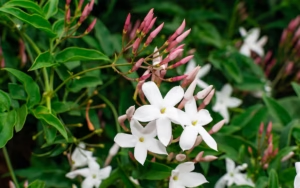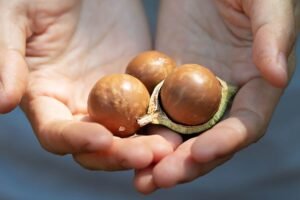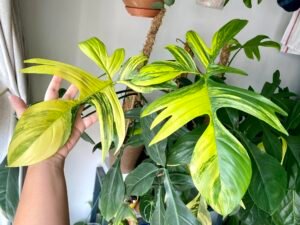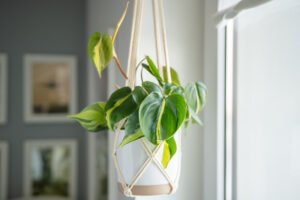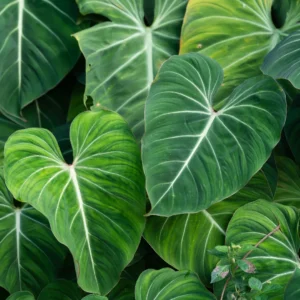Majesty palms are beautiful, tropical plants that bring elegance and a touch of the outdoors into your home or garden. With their feathery fronds and lush green leaves, they create a serene environment reminiscent of warm, sunny climates. However, proper care is essential to keep these palms healthy and thriving. This guide covers everything you need to know about growing, caring for, and maintaining a Majesty Palm.
Majesty Palm Overview
| Common Name | Majesty Palm |
|---|---|
| Botanical Name | Ravenea rivularis |
| Family | Arecaceae |
| Plant Type | Perennial palm |
| Mature Size | 10-12 feet tall (indoors), 20-40 feet (outdoors) |
| Sun Exposure | Bright, indirect light |
| Soil Type | Moist, well-draining |
| Soil pH | Neutral to slightly acidic (6.0-7.0) |
| Hardiness Zones | 9-11 |
| Native Area | Madagascar |
| Toxicity | Non-toxic to humans and pets |
Majesty Palm Care
Caring for a Majesty Palm requires understanding its natural habitat. Native to the riverbanks of Madagascar, these plants thrive in humid, warm, and well-lit conditions. Here’s how you can provide optimal care:
Light Requirements
Majesty palms prefer bright, indirect sunlight. Placing them near an east- or south-facing window will give them the light they need without direct sun exposure, which can scorch their leaves. If grown outdoors, choose a location with partial shade.
- Indoor tip: Rotate your plant weekly to ensure even growth since palms tend to reach toward light sources.
- Outdoor tip: Avoid full, harsh sun as it may cause leaf burn, especially in hot climates.
Watering
The key to healthy Majesty Palms is consistent moisture without overwatering.
- How often: Water when the top 2 inches of soil feel dry. Typically, this means watering once a week, but frequency may vary depending on humidity, temperature, and season.
- Water quality: Use distilled or filtered water to avoid mineral buildup from tap water.
- Signs of underwatering: Brown tips or fronds that appear dry.
- Signs of overwatering: Yellowing leaves and soggy soil.
Humidity
Majesty palms thrive in humid environments. If your home has dry air, you can improve humidity by:
- Placing a tray of water and pebbles under the pot.
- Using a humidifier.
- Regularly misting the leaves with water.
Temperature
Keep your Majesty Palm in temperatures between 65°F and 85°F (18°C to 29°C). Avoid exposing the plant to sudden temperature drops or drafts from doors, windows, or air conditioning units.
Fertilizing
Feed your Majesty Palm with a balanced liquid fertilizer (10-10-10) during the growing season (spring and summer).
- Frequency: Once a month.
- Tip: Avoid over-fertilizing, as this can lead to salt buildup in the soil.
Soil
Majesty palms prefer a moist, well-draining soil mix. A combination of regular potting soil and sand works well. Ensure the soil retains moisture but does not become soggy.
Types of Majesty Palm
Majesty palms (Ravenea rivularis) are the most common variety. However, within the Arecaceae family, you may encounter other palms that resemble Majesty palms, such as:
- Parlor Palm (Chamaedorea elegans): Smaller and better suited for indoor environments.
- Areca Palm (Dypsis lutescens): Features more golden fronds and is easier to grow.
- Kentia Palm (Howea forsteriana): Known for its elegant, arching fronds.
While these palms share similar care requirements, Majesty palms are unique due to their larger size and preference for consistent moisture.
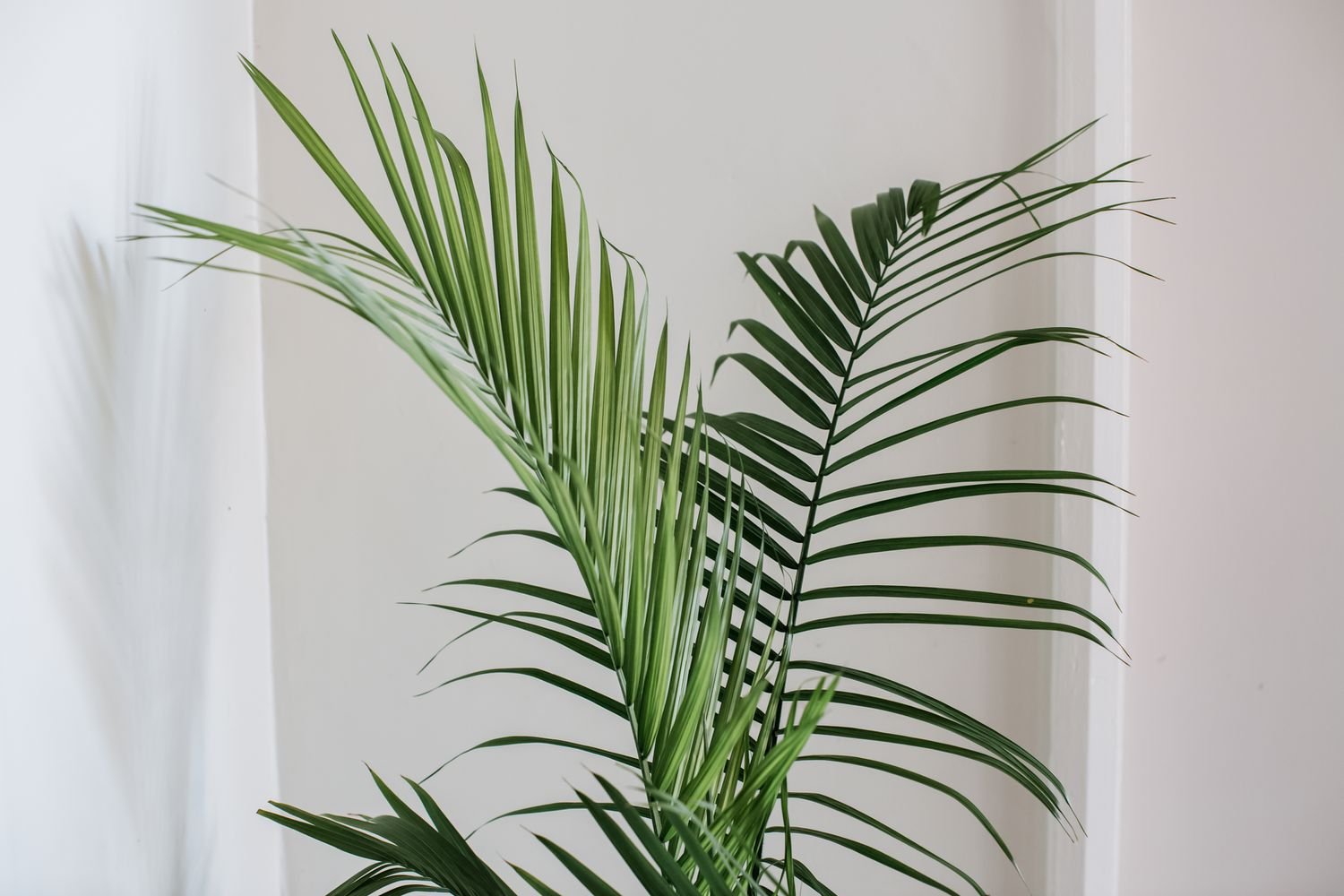
Pruning
Pruning a Majesty Palm is simple and primarily done to maintain its appearance. Here are the steps:
- Remove dead fronds: Use sharp, clean pruning shears to cut brown or yellow fronds at the base of the stem.
- Avoid over-pruning: Majesty palms rely on their fronds for photosynthesis. Only remove fronds that are completely brown.
- Trim brown tips: If only the tips of the leaves are brown, carefully trim them without cutting into the healthy green portion.
Propagating Majesty Palm
Majesty palms cannot be propagated by stem or leaf cuttings. Instead, they grow from seeds. Propagating Majesty palms can be challenging and time-consuming, but here’s how you can do it:
- Obtain seeds: Use fresh Majesty Palm seeds, as older seeds have low germination rates.
- Prepare the soil: Use a well-draining soil mix and place the seeds on top of the soil.
- Moisture and warmth: Keep the soil consistently moist and place the container in a warm area (70°F to 80°F).
- Be patient: Germination can take 6 weeks to several months.
Potting and Repotting Majesty Palm
Majesty palms grow quickly and often require repotting every 1-2 years. Here’s how to do it:
Potting Steps
- Choose a pot 2-4 inches larger in diameter than the current one.
- Add a layer of well-draining soil at the bottom.
- Gently remove the plant from its old pot.
- Place the palm in the new pot and fill the sides with fresh soil.
- Water thoroughly.
Signs It’s Time to Repot
- Roots growing out of the drainage holes.
- Stunted growth or the plant becoming root-bound.
Overwintering
Majesty palms are sensitive to cold temperatures. If you live in a region where temperatures drop below 50°F (10°C), overwinter your palm indoors.
Tips for Overwintering
- Place the plant in a bright, warm area.
- Reduce watering, as growth slows during winter.
- Maintain humidity using a humidifier or misting.
- Avoid exposing the palm to cold drafts or heating vents.
Common Pests
Majesty palms can be susceptible to pests such as:
- Spider Mites: Cause fine webbing and yellow leaves.
- Mealybugs: Appear as white, cottony spots on the plant.
- Scale: Hard, brownish bumps on stems and fronds.
How to Treat Pests
- Wipe affected areas with a cloth soaked in soapy water.
- Use insecticidal soap or neem oil for severe infestations.
How to Get Majesty Palm to Bloom
Majesty palms rarely bloom indoors. In their natural habitat, they produce small, cream-colored flowers. However, providing optimal care with proper light, humidity, and nutrients may encourage blooming over time.
Common Problems With Majesty Palms
Yellowing Leaves
- Cause: Overwatering, poor drainage, or nutrient deficiency.
- Solution: Allow soil to dry slightly and ensure proper fertilization.
Brown Leaf Tips
- Cause: Low humidity, underwatering, or excess fertilizer.
- Solution: Increase humidity, water consistently, and avoid over-fertilizing.
Stunted Growth
- Cause: Insufficient light or the plant becoming root-bound.
- Solution: Move the plant to a brighter spot or repot as needed.
FAQ
Q: Is Majesty Palm safe for pets?
A: Yes, Majesty palms are non-toxic to cats and dogs.
Q: How tall do Majesty Palms grow indoors?
A: Indoors, they typically reach 10-12 feet.
Q: How often should I water my Majesty Palm?
A: Water when the top 2 inches of soil are dry, usually once a week.
Q: Why are the leaves of my Majesty Palm turning brown?
A: Brown tips can result from low humidity, underwatering, or over-fertilization.


